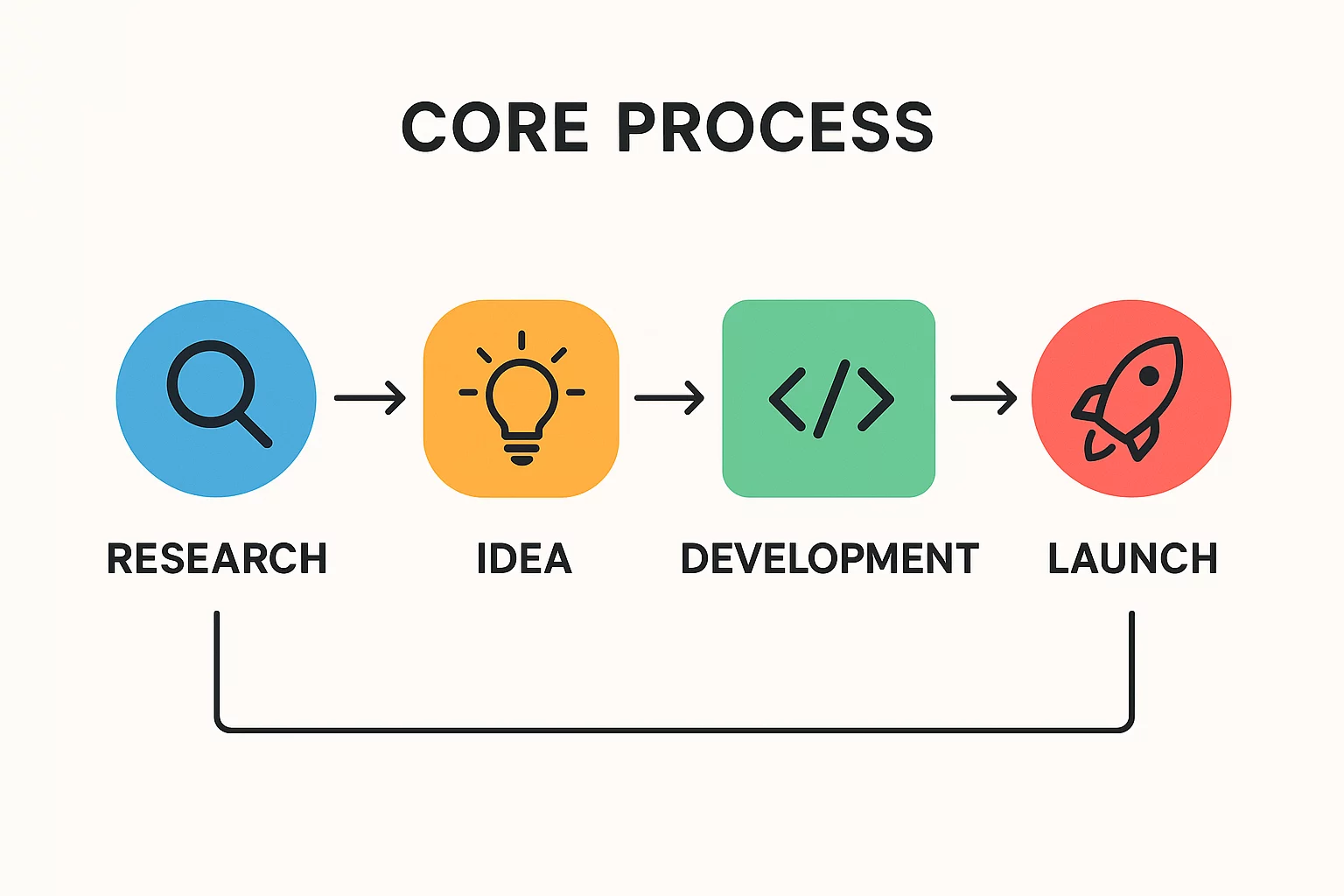You’ve secured the investment for the factory equipment, the business plan is solid, and the location is chosen. With Capital Expenditure (CapEx) clearly defined, many entrepreneurs entering the solar manufacturing space feel they’ve cleared the final financial hurdle. But the most common reason a promising new factory fails has little to do with the machinery—it’s the challenge that comes next: funding the actual operation.
Industry data consistently shows that most business failures aren’t due to a lack of profit but a lack of cash. Even the most sophisticated production line is worthless without the cash flow to purchase raw materials, pay employees, and bridge the gap between shipping products and receiving payment.
This operational cash is known as working capital, and forecasting it accurately is crucial for launching a sustainable and successful solar module factory.
What Is Working Capital, and Why Does It Matter More Than You Think?
Think of it this way: CapEx is the cost of buying the car. Working capital is the fuel you need in the tank to drive it. Without fuel, the car is just a stationary asset.
In manufacturing, working capital is the cash required to run day-to-day operations. It’s the difference between your current operational assets (like inventory and accounts receivable) and your current operational liabilities (like accounts payable). A positive working capital balance means you have enough short-term assets to cover your short-term debts.
For a new solar module factory, this isn’t just an accounting term; it’s the lifeblood of your operation, especially during the critical first 6 to 12 months. This flow of cash hinges on three core components:
- Inventory: You must purchase raw materials—solar cells, glass, EVA film, backsheets, and aluminum frames—long before you produce or sell your first module.
- Accounts Receivable (A/R): This is the money your customers owe you. When you sell modules, you typically offer payment terms (e.g., 30, 60, or 90 days). During this period, you’ve already covered all production costs, but the cash from the sale is not yet in your bank account.
- Accounts Payable (A/P): This is the money you owe your suppliers. Favorable payment terms from them can provide a cash cushion, but as a new entrant, you’ll likely be required to pay upfront or on shorter terms.
Managing the flow of cash between these three areas determines whether your business thrives or struggles.
The Critical Ramp-Up Phase: Where Most Financial Plans Fail
A common mistake is to apply a simple formula, like calculating working capital as a flat percentage of annual revenue. This approach is dangerously misleading for a startup, as it ignores the realities of the ramp-up phase.
In the first three to six months, your factory faces maximum cash outflow with little to no cash inflow. You’re spending heavily on raw materials and payroll while producing at a fraction of full capacity and still waiting for your first customer payments to arrive.
Consider the scale of this initial investment: raw materials often represent over 70% of a finished solar module’s cost. For a new 100 MW turnkey production line, the initial inventory purchase alone can easily require several million dollars. This cost is entirely separate from the equipment cost (CapEx) and must be funded with dedicated cash reserves.
This period, from the initial purchase of materials to receiving the first substantial customer payments, is known as the Cash Conversion Cycle. For a new manufacturing business, this cycle can easily last 90 to 120 days. Your financial model must account for this delay to ensure you have enough cash on hand to survive this critical phase and reach a stable operational state.

Building a Realistic Forecast: A Step-by-Step View
Instead of relying on generic formulas, a robust working capital forecast is built from the ground up, based on your factory’s specific operational plan.
Step 1: Model Your Initial Inventory Purchase
Work with your equipment partner to determine the exact bill of materials (BOM) for your modules. Then, plan to purchase enough inventory to cover at least the first two to three months of ramp-up production. Factor in supplier lead times and potential shipping delays. This figure represents your single largest initial cash outlay after the machinery itself.
Step 2: Project Your Accounts Receivable
Realistically model your sales cycle. Even if you secure orders immediately, when will you actually be paid? For large utility or commercial projects, 60 or 90-day payment terms are standard. Your forecast must show this delay, reflecting a growing A/R balance—cash that you’re owed but can’t yet use.
Step 3: Understand Your Accounts Payable
Engage with potential raw material suppliers early to understand their payment terms for a new customer. While you may eventually negotiate 30 or 60-day terms, it’s safest to assume you will need to pay for initial shipments upfront or upon delivery. This conservative assumption protects your cash flow.
Step 4: Stress-Test Your Model
What happens if a key shipment of solar cells is delayed by a month? What if your largest customer is 30 days late on a major payment? A strong financial plan includes a buffer—additional cash reserves to cover unforeseen challenges. The guidance of an experienced advisory team is invaluable for identifying potential risks and anticipating these real-world scenarios.

Frequently Asked Questions (FAQ)
What is the main difference between CapEx and working capital?
CapEx (Capital Expenditure) is the money used to purchase major physical assets, like the building and production machinery. It’s typically a one-time, upfront investment. Working capital is the ongoing cash required to run daily operations, funding inventory, payroll, and other short-term expenses.
How much working capital do I need for a new solar factory?
There is no single answer, as it depends on the factory’s capacity, supplier terms, and customer payment cycles. A detailed, bottom-up forecast based on your specific production plan is essential. A serious projection often shows the need for a multi-million dollar reserve dedicated solely to working capital.
What is the biggest working capital mistake new owners make?
The most common mistake is underestimation. Many business plans focus heavily on the CapEx for equipment but allocate far too little cash for initial inventory purchases and the long wait for the first customer payments. This can create a cash crisis just as the factory is beginning to operate.
Can I finance working capital with a traditional bank loan?
Yes, working capital loans or lines of credit are common financing tools. However, securing them often requires a proven operational history, which a new factory doesn’t have. That’s why it’s critical to include a substantial working capital fund as part of your initial equity investment to ensure the business is stable enough to qualify for debt financing later.

Your Partner in Planning for Success
Building a solar module factory is about more than just technology and equipment—it’s about building a resilient business. A detailed and realistic working capital forecast is the foundation of that resilience, giving your vision the financial strength to become a long-term success.
This is where detailed financial and operational planning—and an experienced partner—is essential. We have guided entrepreneurs across the globe through this exact process, helping them move from an initial idea to a fully operational and financially stable factory.
Contact us to discuss your project and help you build the full financial picture.
